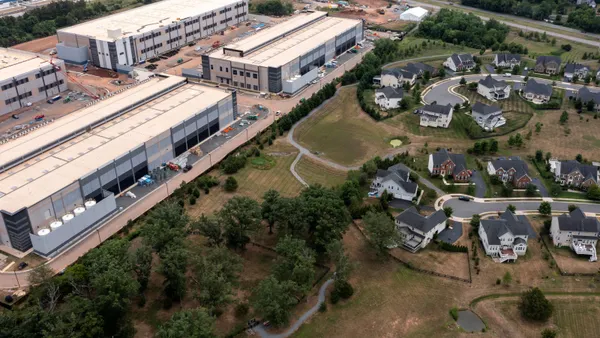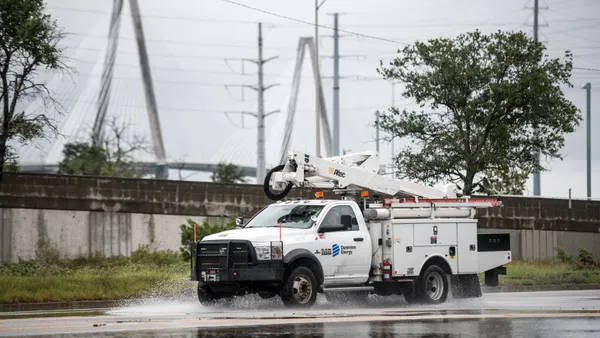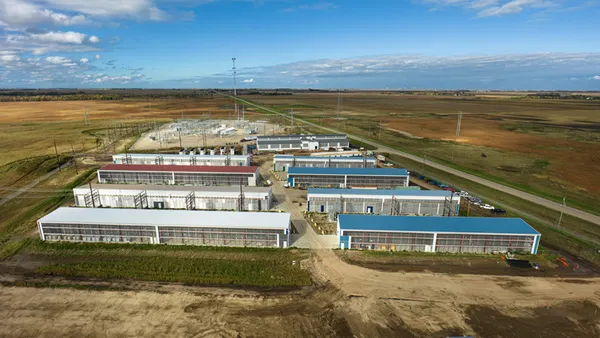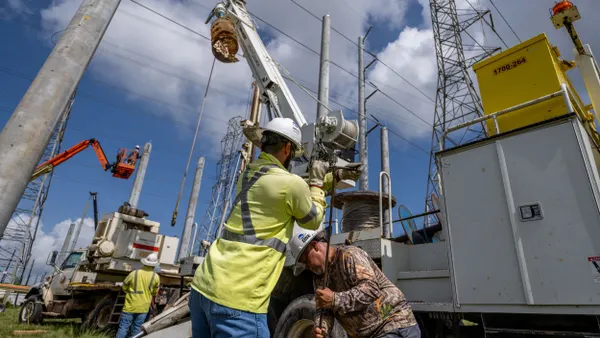After a successful $81 million IPO two weeks ago, Silver Spring Networks issued a press release on Monday, announcing it will launch a "new smart grid solution optimized for the unique needs of municipal and cooperative utilities." Although Silver Spring Networks' business has traditionally revolved around providing smart grid solutions to big-spending investor-owned utilities, the company has identified a market with "unique needs" that need to be filled.
Just look at the amount of money expected to be poured into the market. In September, Greentech Media (GTM) Research released its municipal smart grid report, The Muni Smart Grid 2012: A Survey of Utility Deployment, Expenditure and Strategy, which asserted that GTM Research "anticipates the next wave of smart grid expenditures will be led by municipal utilities, accounting for close to $7 billion through 2017." Similarly, in January, GTM Research released a rural smart grid report, The Rural Smart Grid 2013: A Survey of Utility Deployment, Expenditure and Strategy, which said that "U.S. co-ops' smart grid expenditure will total $1.1 billion in 2013" and $4.1 billion through 2017.
And with the news that U.S. grid infrastructure is nowhere near good enough, residents are becoming increasingly aware of the benefits of publicly-owned utilities — they do not answer to shareholders, are exempt from specific taxes, pay lower salaries to executives, supply cheaper energy, can supply more environmentally-friendly energy, have the ability to use more funds to upgrade infrastructure and are generally more reliable. The city of Boulder, Colo. is currently moving to oust Xcel Energy and institute its own municipal utility and it may pioneer a ground-breaking precedent for other localities seeking to do the same.
On the other side of the spectrum, privately-owned U.S. utilities are facing stagnancy. Jesse Berst, founder and chief analyst at SmartGridNews.com, writes that investor-owned utilities are not investing in smart grid technologies because they "are under pressure to close coal and nuclear plants, to build more natural gas plants, to integrate renewables and to drastically improve reliability. And all that in a climate where load growth (and therefore revenue growth) is slowing while regulated returns are dropping while key personnel are retiring and while regulators are often refusing to allow them to recoup costs from earlier smart grid projects."
Power providers and end-users are even starting to see utilities as the unnecessary middle man of the electricity business. Such a threat has even led Jim Rogers, CEO of Duke Energy, the largest U.S. utility, to say that utilities may end up as a "backup" to consumer-owned rooftop solar panels, battery technologies and power management systems. Like Duke Energy, NRG Energy, the largest power provider in the U.S., is looking into augmenting its business model by providing end-users with their own means of producing energy.
But as privately-owned utilities feel the crunch, opportunities are opening up for publicly-owned utilities and smart grid vendors. Smart grid vendors are no longer just selling smart meters to big utilities, they're selling solutions packages customizable to municipal and rural utilities' "unique needs." Silver Spring Networks is already working on a "smart city" pilot in San Antonio that will ultimately create a synchronized network across an entire city's infrastructure. Such a move is indicative of an ongoing paradigm shift — flexible, innovative and efficient smart grid vendors, municipal utilities and rural utilities are on their way in while bloated and slow-moving investor-owned utilities are on their way out.
Would you like to see more utility and energy news like this in your inbox on a daily basis? Subscribe to our Utility Dive email newsletter! You may also want to read Utility Dive's look at whether utilities are being cut out of the U.S. energy business.














